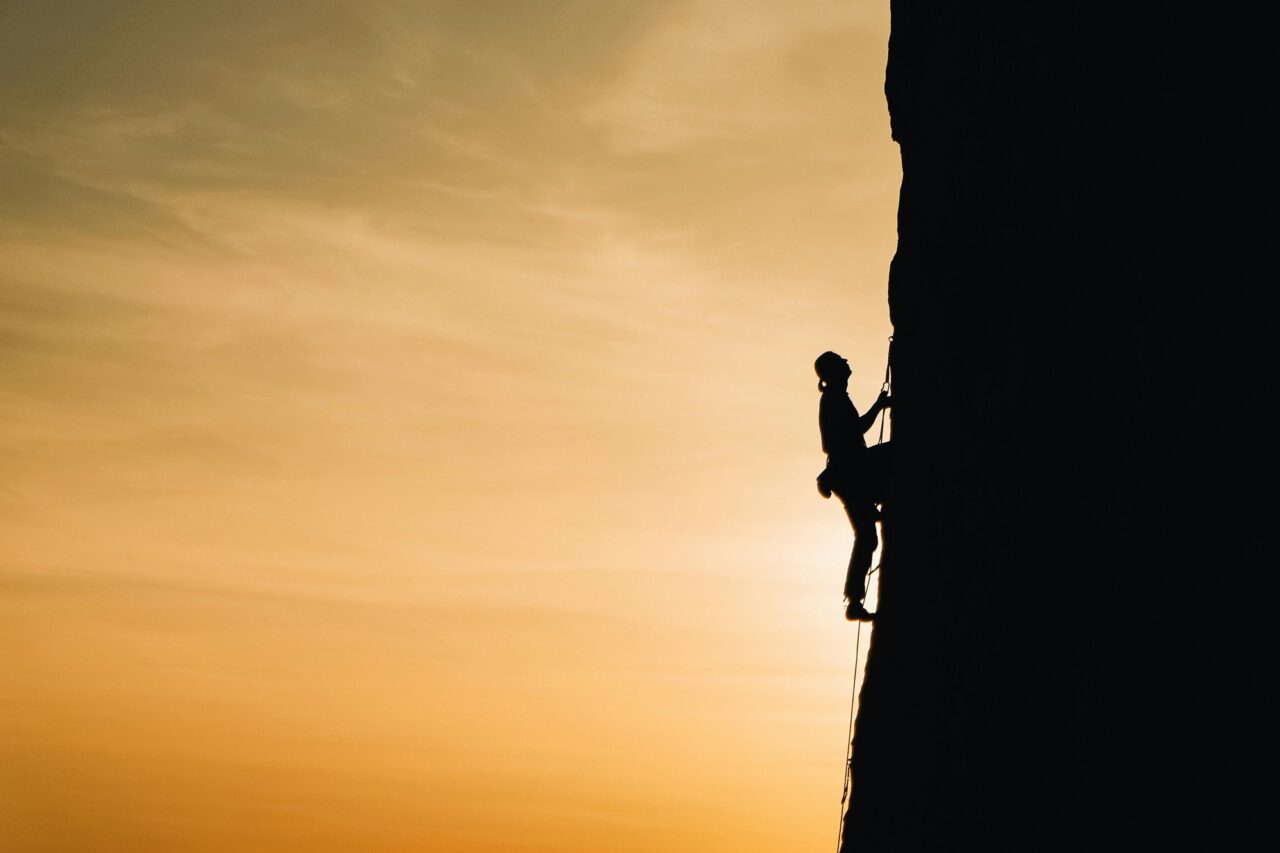Overtraining syndrome (OTS) is a condition that arises from an imbalance between training, recovery, and the body’s ability to adapt. In the context of rock climbing, which is a demanding sport requiring strength, endurance, and mental acuity, recognizing the signs and symptoms of OTS can help to avoid injury and setbacks in reaching goals . Common symptoms include chronic fatigue both mental and physical, decreased performance, persistent muscle soreness, and frequent injuries such as tendonitis and pulley injuries. Climbers may also experience mood swings, irritability, and sleep disturbances (Meeusen et al., 2013). Monitoring these signs can help climbers prevent the detrimental effects of overtraining.
Continuing to train despite these symptoms can exacerbate the condition, leading to more severe health issues and prolonged recovery periods. Ignoring the signs of OTS can result in decreased immune function, making climbers more susceptible to illnesses. Moreover, persistent training without adequate recovery can lead to significant performance declines, as the body becomes incapable of repairing and strengthening itself (Kreher & Schwartz, 2012). Over time, this can lead to burnout, where the climber loses motivation and passion for the sport, further hindering performance and enjoyment.
The effects of overtraining on rock climbing performance can be profound. Climbers suffering from OTS often notice a plateau or decline in their climbing abilities, even if they continue to train rigorously. Their grip strength and endurance may deteriorate, making it difficult to complete climbs that were previously within their skill level and risk capsular or ligamentous injury. Mental fatigue also plays a role, as overtraining can impair concentration and decision-making, which are critical in navigating complex routes (Meeusen et al., 2013). Have you ever had difficulty remembering move sequences despite rehearsing the movement sequences multiple times? Consequently, the risk of accidents and injuries increases, as the climber’s physical and mental states are compromised.
To avoid overtraining, climbers should implement structured training programs that balance intensity with adequate rest. Periodization is an effective strategy, involving cycles of varying intensity to allow for recovery and adaptation. Rest periods are essential, with at least one or two rest days per week and longer breaks after intense training phases. Cross-training activities, such as swimming or yoga, can help maintain overall fitness while giving specific muscle groups a chance to recover. Listening to the body and incorporating flexibility in training schedules can also prevent the onset of OTS (Kellmann et al., 2018). A well-rounded program that emphasizes rest and recovery can enhance long-term performance and sustain a climber’s passion for the sport.
Depending on the extent of overtraining it may take two to four weeks of active rest to recover from the excessive training. Training should not be resumed until all noted impairments have been resolved. Tests such as STROOP tests and reaction time tests can be completed to determine if central nervous system fatigue is present. Additionally, sport specific tests can be completed to measure against previous known values to determine if sports performance decline has occurred. Other tests of interest may be hormonal and psychological tests to determine the extent of the overtraining in an individual. Overall, it is important to identify when overtraining is occurring and take steps to recover to avoid harm.
Click Here to schedule your next appointment with the experts at MEND
References
Meeusen R, Duclos M, Foster C, et al. Prevention, diagnosis, and treatment of the overtraining syndrome: Joint consensus statement of the European College of Sport Science and the American College of Sports Medicine. Med Sci Sports Exerc. 2013;45(1):186-205.
Kreher JB, Schwartz JB. Overtraining syndrome: A practical guide. Sports Health. 2012;4(2):128-138.
Kellmann M, Bertollo M, Bosquet L, et al. Recovery and performance in sport: Consensus statement. Int J Sports Physiol Perform. 2018;13(2):240-245.

